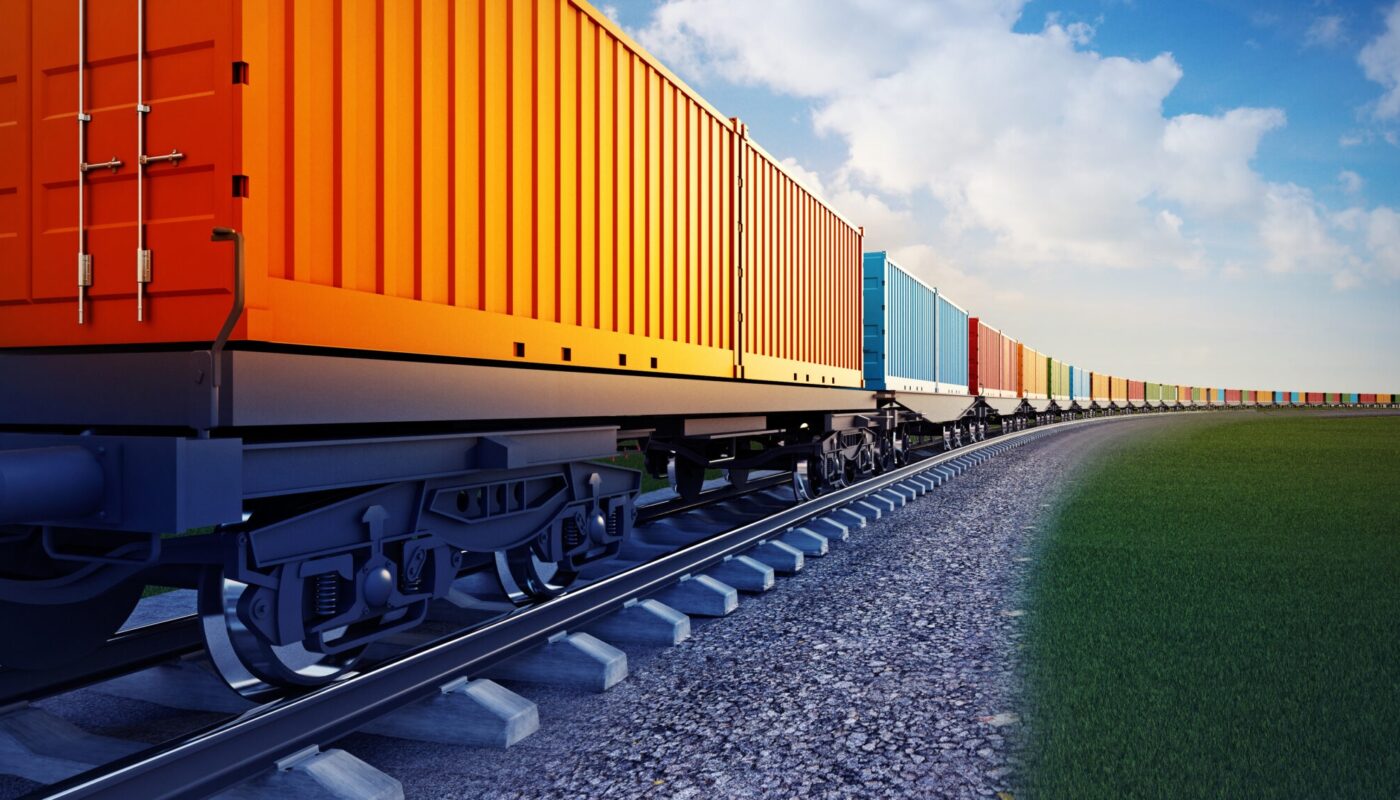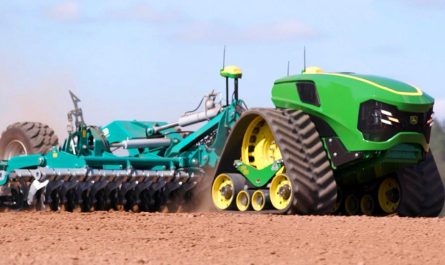Introduction
The freight railroad system plays a vital role in the efficient transportation of goods across countries. Freight railcars carry a wide variety of cargo over long distances in a cost-effective and environment-friendly manner. However, these railcars need to be well-maintained with quality replacement parts in order to function optimally and ensure safety during operations. This article discusses some of the most important freight railcar parts and their role in keeping the transportation of goods seamless.
Trucks and Wheels
The trucks and wheels are one of the vital components of any Freight Railcar as they enable the car to move on the rails. Trucks consist of two “bolsters” that support the railcar and two “side frames” that hold the wheelsets in place. Quality wheelsets with durable wheels and axles allow the railcars to travel long distances without issues. Wheels need to withstand heavy loads and extreme weather conditions. Regular inspection and timely replacement of worn wheels prevents derailments. Damaged or misaligned wheels can also lead to flat spots which increase in-transit vibrations. Reliable trucks with robust wheels are therefore crucial for maintaining smooth rides.
Brake Systems
Effective braking capability is essential for railcar safety. Most freight cars are equipped with disc brakes that swiftly bring the car to a halt during operations. Critical brake parts like brake discs, brake shoes and linkage components face a lot of wear and tear. Disc brakes need to be well-lubricated and inspected for cracks. Damage to brake parts can cause brake failures putting lives at risk. Replacing worn discs and shoes periodically ensures the brakes respond well during emergencies. Some specialized railcars also include handbrakes that provide additional stopping power as backup. Proper maintenance of braking subsystems with genuine OEM parts is a must.
Couplers and Draft Systems
Couplers connect railcars together to form train consists for transportation. The type of coupler depends on the geographical area and needs to withstand heavy buff and draft forces during starts, stops and curve negotiating. Knuckle couplers are most common which connect securely yet allow for flexible articulation. Draft gears absorb forces during couplings to prevent rolling stock damage. Fatigue failure of couplers or weak draft gears can lead to uncoupling accidents. Periodic inspections safeguard against defects while replacement using original parts extends service life. Proper lubrication of moving components in couplers also ensures smooth operations.
Bearings and Suspension Components
Freight railcar trucks rely on multi-piece bearing assemblies and suspension systems to carry load and roll smoothly on tracks. Worn bearings cause unnecessary noise and vibrations which reduce transit comfort. They need to undergo frequent checks and renewal to prevent seizure. Bolster springs and equalizers in the suspension distribute weight evenly and absorb track impacts. Damage to these parts impairs ride quality. OEM bearings and suspension bushings maintain optimal load handling and riding stability over long usage. Regular greasing and part replacement as per schedules minimizes downtime from mechanical issues.
Doors, Hatches and Security Devices
Cargo compartment access doors and hatches require reinforcement to withstand rough handling during loading/unloading. Heavy-duty door mechanisms open and close reliably in all weather conditions. Locks and seals keep contents secure from theft or element exposure. Some specialized cars demand additional protection like controlled interior temperature and humidity. Retrofitting with improved door designs prevents damages from mishaps. Replacing faulty locks, hinges and worn gaskets with certifiable components safeguards cargo investment. Proper closing is a must to haul freight hassle-free.
Structural Components
The load-bearing skeletal framing of any railcar endures immense operational stresses. Over time, cracks may initiate in high-stress locations if not pre-emptively addressed. Critical members prone to fatigue include end-beams, bolsters, side-sills and body posts. Non-destructive testing helps spot issues early while structural reinforcement prevents failures. Using heavy plates welded as per ASME codes boosts strength. Broken or deficient parts compromise car integrity if left unchecked. Structural overhauls with manufacturer-tested materials extend lifespan through multiple load cycles.
Concluding Remarks
Quality original parts play an indispensable role in ensuring freight rail equipment deliver goods efficiently across long distances. Regulated maintenance schedules and predictive component replacement minimize downtime and deliver cost benefits. Reliability starts with investing in certified parts suitable for the intended service environment. Rail operators choosing reputed suppliers gain peace of mind through warranties and technical support. Overall, timely procurement of genuine freight car components through authorized distributors keeps global supply chains moving seamlessly.
*Note:
- Source: CoherentMI, Public sources, Desk research
- We have leveraged AI tools to mine information and compile it



